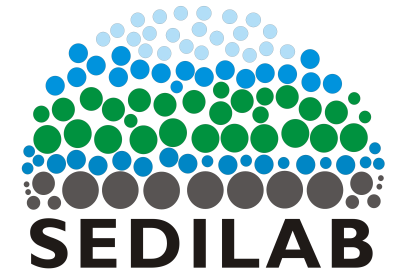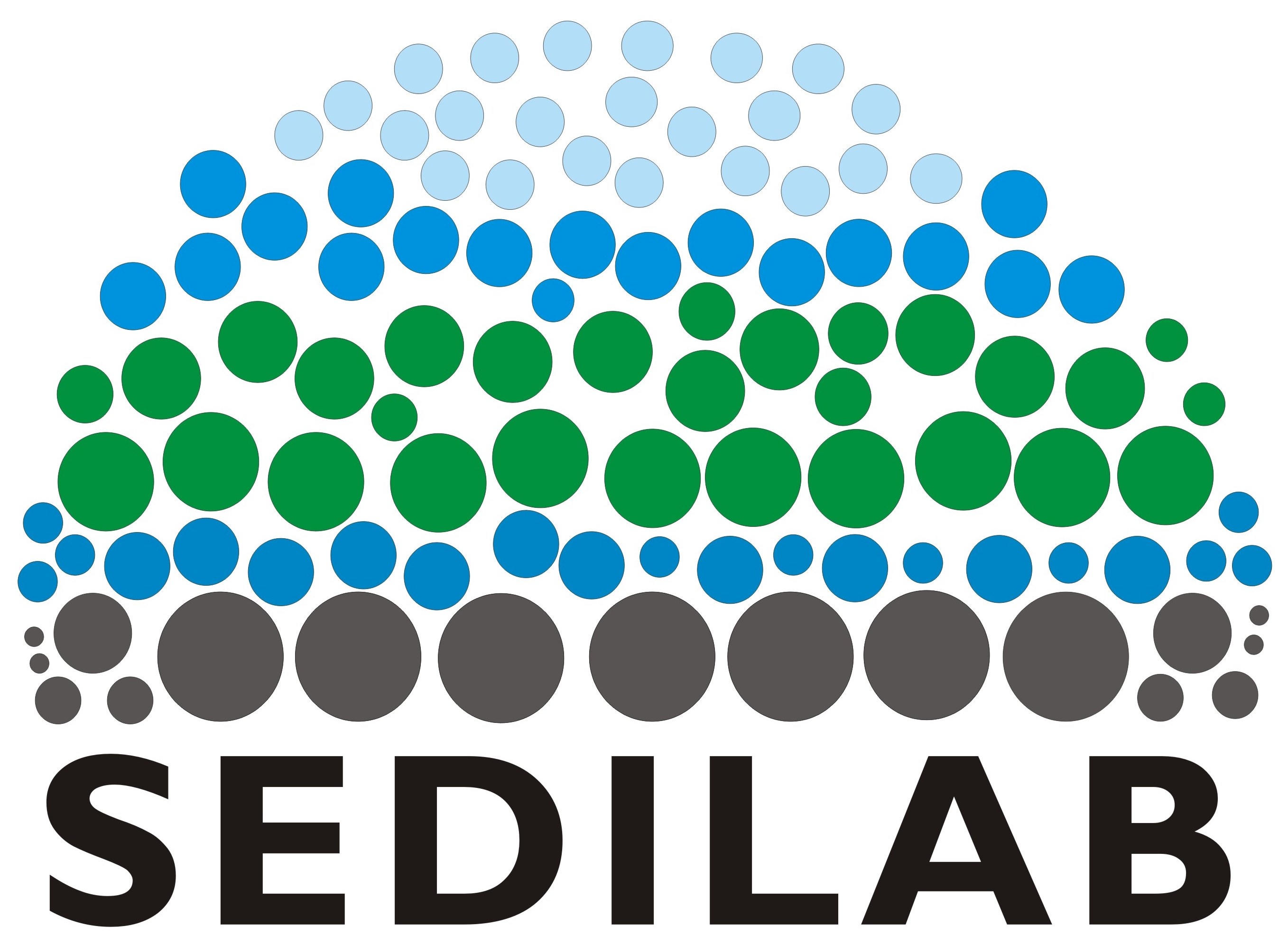
ABOUT US

Laboratory for
Sediment and Soil Analysis
Research Centre
for Astronomy and Earth Sciences
Geographical Institute

The Laboratory for Sediment and Soil Analysis (SEDILAB) of the Geographical Institute, RCAES is the successor of the former laboratory of the same name of the Geographical Research Institute of Hungarian Academy of Sciences (MTA). Former laboratory mainly analysed loess and other sediments for Quaternary research in the 1970s and 1980s according to the researchers needs. Due to the downsizing of the institute the staff of the laboratory was decreased to one person, the instrumentation was degraded.
The laboratory as a self-contained unit was ceased to exist. The SEDILAB was re-established in 2004. The instrumentation was expanded at first with a laser particle sizer and with an NDIR-chemiluminescence TOC/TN analyzer. Further expansion of the instrumentation has been countinous since 2012. The expansion of the instrumentation implied the staff increase, which was partly filled by PhD students and trainees due to the collaboration with the Eötvös Loránd University. As a consequence of the infrastructural development, the SEDILAB currently has five parts:
